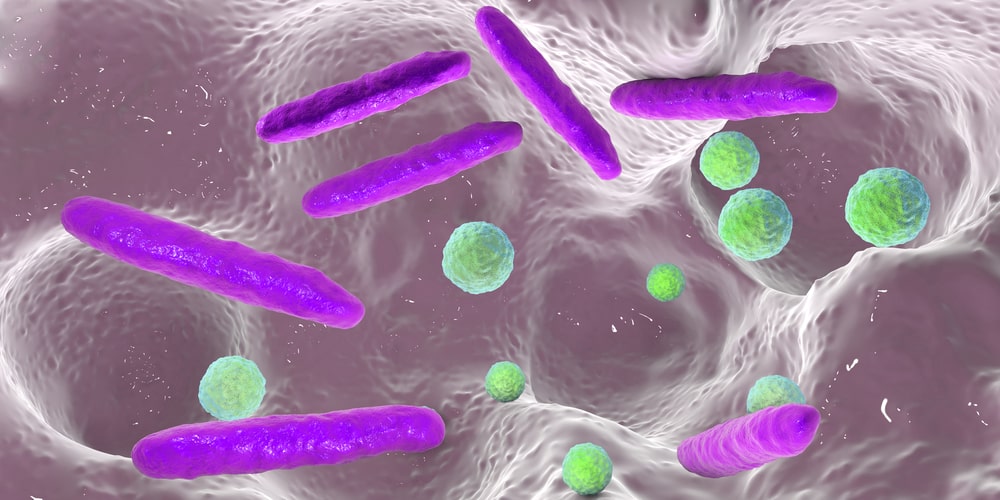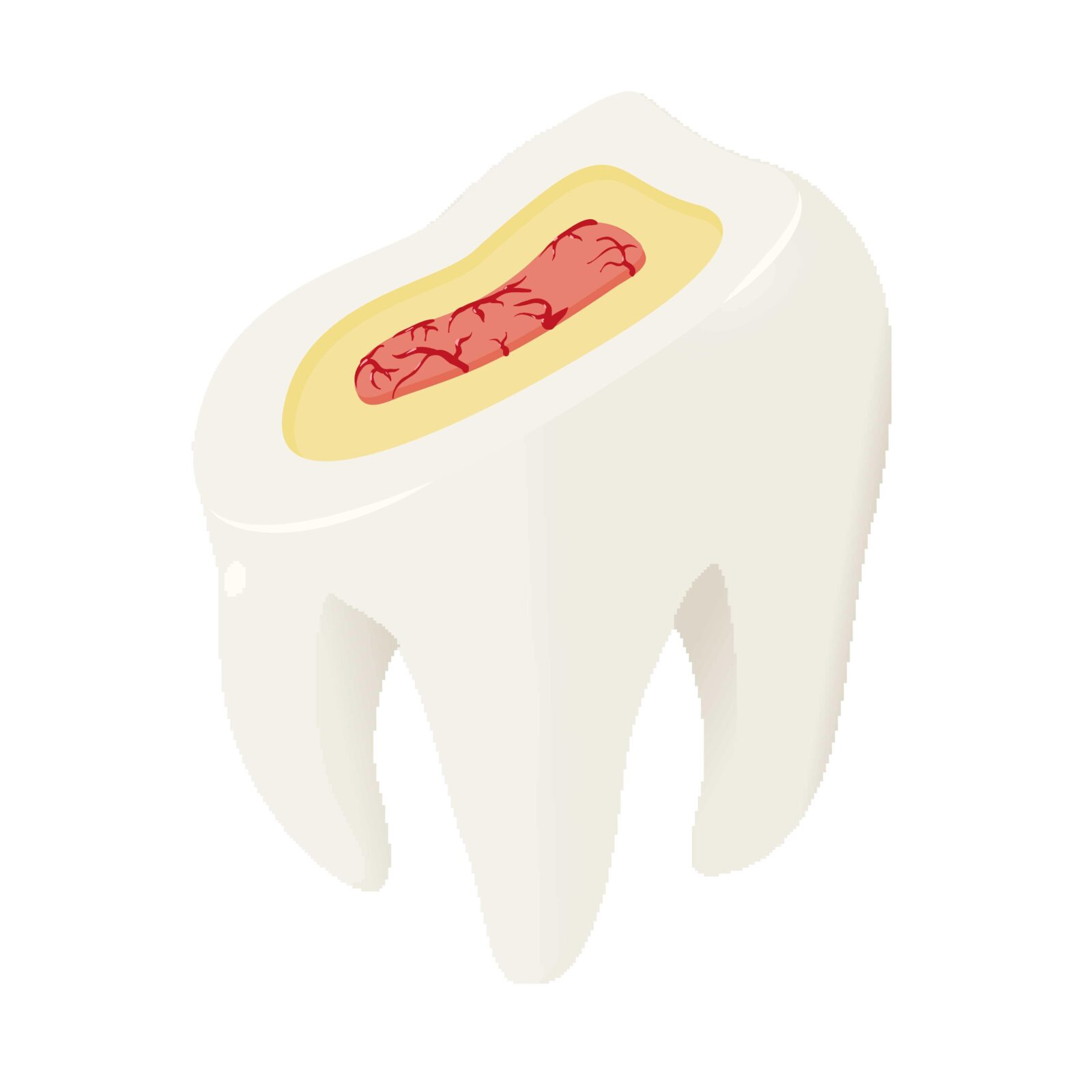We’ve all been told at one time or another that if we don’t do something, our teeth will rot, fall out, and basically turn to mush. As it turns out, a lot of what we’ve been told about our teeth is actually a myth! In this blog post, we will debunk seven of the most common myths about teeth. Stay tuned to learn more!
White teeth are healthy teeth:
This is perhaps one of the most common myths about teeth. While it is true that white teeth can be a sign of good oral health, there are many other factors that contribute to healthy teeth. For example, gum health, tooth decay, and overall oral hygiene all play a role in the health of your teeth. Just because your teeth are not white does not mean they are unhealthy! In fact, the natural color of teeth has actually been found to have a slight tint of yellow, red, or gray.
Sugar rots teeth:

This is another myth that has been around for a long time. While it is true that sugar can contribute to tooth decay, it is not the only factor. In fact, there are many other things that can cause tooth decay, such as poor oral hygiene, certain medical conditions, and even some medications. When it comes to tooth decay, there are three main components: sugar, plaque (bacteria), and acids. Sugar feeds the bacteria in plaque, then the bacteria produce acids that damage the enamel. Without excess amounts of plaque, sugar alone does not actually damage the teeth.
Baby teeth are not important:
Many people believe that baby teeth are not important because they eventually fall out. However, this is not true! Baby teeth play an important role in the development of adult teeth. They also help with chewing and speaking. Additionally, baby teeth can help preserve space for adult teeth. In cases where baby teeth are lost too early due to trauma or decay, this can cause problems down the road. One common problem associated with prematurely lost baby teeth is that the permanent teeth will come in crooked and/or be overcrowded.
Teeth deteriorate with age:
It is an extremely common myth that age causes our teeth to deteriorate and ultimately fall out. While it is true that our teeth may not be as strong as they once were, they do not necessarily deteriorate with age. However, age can cause the enamel layer to thin, which allows the dentin layer to show through and make the teeth appear more yellow in color. Even with this minor color change, with proper care, our teeth can easily last a lifetime!
Teeth whitening can hurt your teeth:
Teeth whitening is a common procedure that many people undergo in order to achieve brighter teeth. However, some people believe that it can damage your teeth. This is not true! When performed correctly, teeth whitening is a safe and effective way to achieve brighter teeth with a minimal risk of damage. With that being said, the best way to have your teeth whitened is by a dental professional. Although over the counter whitening treatments are safe and effective, user error can increase the risk of damage to the teeth and gums. This risk is significantly decreased when teeth whitening is performed by an experienced dental professional.
Tooth sensitivity is only caused by a loss of tooth enamel:
Tooth sensitivity is a common problem that many people experience. However, some people believe that it is only caused by a loss of tooth enamel. This is not true! There are many different causes of tooth sensitivity, including gum recession, cavities, and even braces. Because there are multiple causes of tooth sensitivity, it is important to see your dentist in order to determine what is causing your sensitivity. Then your dentist can take the necessary steps to treat the problem.

Teeth are bones:
The final tooth myth that is commonly circulated is that teeth are bones. This is not true! Teeth are actually made up of three different layers: the enamel, dentin, and pulp. The enamel is the outermost layer and is the most visible. It is a hard, glass-like material that protects the tooth. The dentin is a softer layer that lies underneath the enamel. This layer contains tiny tubes that run from the pulp to the surface of the tooth. Finally, the pulp is a soft, sensitive layer that contains nerves and blood vessels. It lies in the center of the tooth and provides nourishment to both the dentin and enamel.
In Conclusion
As you can see, there are many myths about teeth that have been debunked. If you are curious to learn more, be sure to check out our other blog posts!
